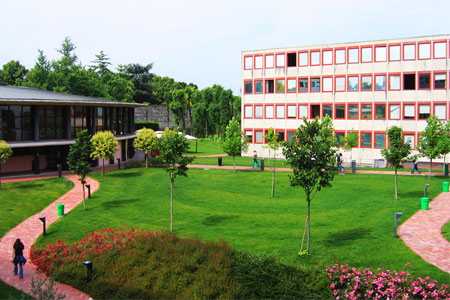During the classes, the following topics will be covered:
1) Slavic Languages in a diachronic perspective, from paleo Slavic to modern languages.
2) First written testimonies and codices in Old Church Slavonic
3) The Slavs in European History
4) History of Slavic philology
5) Phonological and grammatical structures of Slavic languages
6) Slavia and the Balkan: History, Language, and Culture.
Teaching methods: frontal lessons and slides.
BIBLIOGRAPHIC REFERENCES:
- M. Garzaniti, Gli Slavi. Storia, culture e lingue dalle origini ai nostri giorni, Roma, Carocci, 2013.
- H. Andersen, Le lingue slave, in: A. Giacalone Ramat, P. Ramat (a cura di), Le lingue indo-europee, Bologna, Il Mulino, 1997 (I ed. 1993), pp. 441-479.
Further reading materials will be provided during the course.
The assessment is carried out by an oral examination, which will verify the competences acquired during the classes. The questions will deal with any of the topics mentioned in the program.
The assessment will consider the following criteria:
- Content correctness and completeness
- Achievement of adequate analysis abilities
- Clarity in the exposition, arguing ability and knowledge of the subject-specific lexicon.







